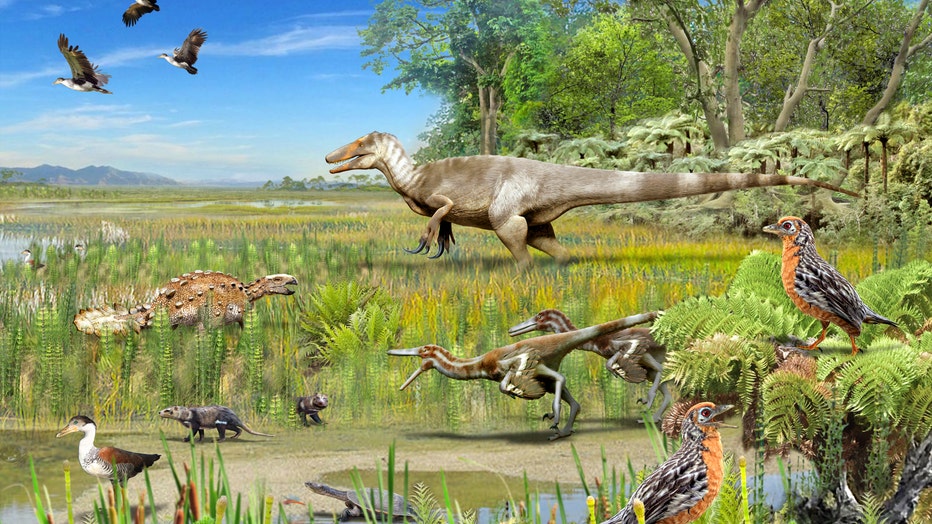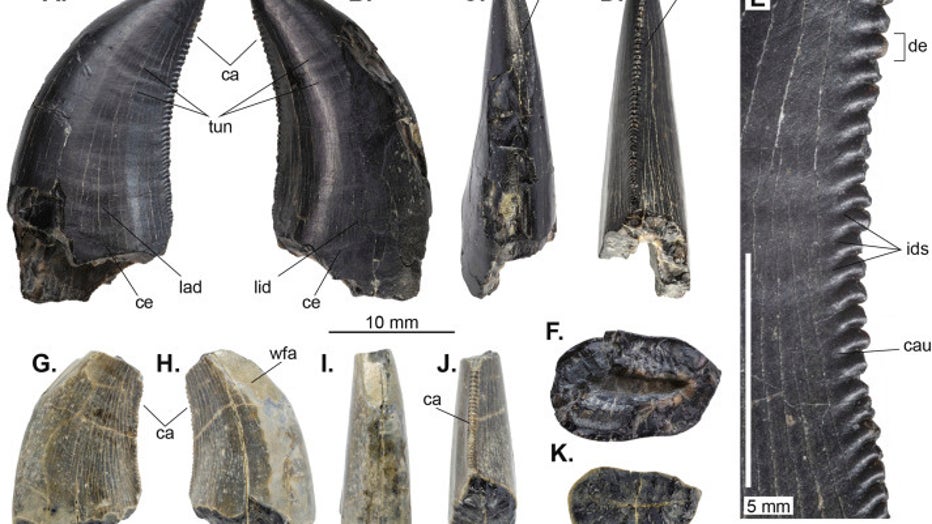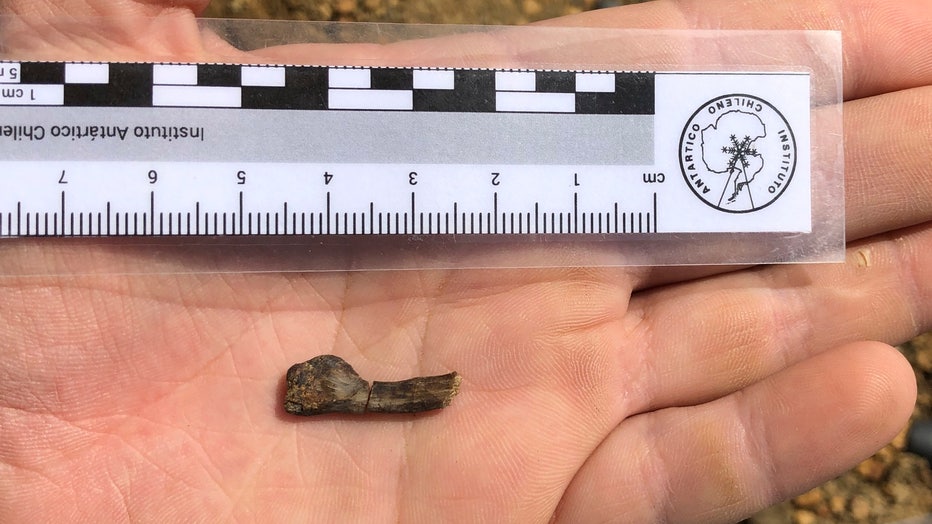Dinosaur fossils found in Chile may offer clues to asteroid death impact

Dinosaurs once roamed every continent on the planet, although one area in particular is drawing attention for its recently discovered diversity of species.
Fossils of everything from frogs and turtles to the newly discovered ankylosaurus have been found in Patagonia, the vast southern tip of South America that is shared by Argentina and Chile. And now the discovery of some fossils in the Chilean region provides valuable information about the life of dinosaurs before and after the fatal asteroid impact.
Since 2017, researchers from around the world have been collecting plant and animal fossils to create a record of ancient life in the region, led by the University of Texas at Austin.
They have since learned of two additional birds and dinosaurs that lived there, all of which belonged to the so-called “theropod” group.

Theropod diversity shows that Chilean Patagonia was a “thriving ecosystem” until the mass extinction, lead author Sarah Davis explained to FOX in an email.
She added that the new theropod fossils could help piece together where certain dinosaurs lived during the extinction and how they were affected by the demonstrative asteroid impact.
Further research into fossil diversity has the potential to provide valuable insights into the impact of the asteroid.
“In particular, bird fossils may be important in understanding why some groups of dinosaurs (birds) were able to survive the extinction at the end of the Cretaceous, while all other dinosaurs did not,” she said.
Researchers have identified dinosaurs primarily by their teeth and toes, while birds have been identified by small pieces of bone.


Two new dinosaurs discovered in Chile are megaraptors and non-enlagins. Both are carnivores and would be predators in the region.
Some megaraptor species are up to 33 feet long and are known to have lived in South America, Australia, and parts of Asia during the Cretaceous period, which lasted from 130 to 66 million years ago. In Patagonia, they were among the largest carnivorous dinosaurs to survive to the end.
“However, very few associated skeletons of these dinosaurs have been found, so much of their ecology is still not well understood,” Davis said.
According to her, Unenlagiins ranged in size from 5 to 19.5 feet in length and were very fast, agile hunters with an elongated snout.
CONNECTED: Scientists think they’ve found a rare ‘dinosaur mummy’ in Canada
The discovered fossils of two different groups of birds are enantiornithines and ornithurines.
The university said that enanciornithines are now extinct and resembled sparrows, but with beaks studded with teeth.
The birds of the ornithurae group include all modern birds living today, and those that lived in ancient Patagonia may have resembled a goose or a duck.
This is a mass extinction survivor group that researchers hope to learn more about.
This story was reported from Detroit.
Dallas Press News – Latest News:
Dallas Local News || Fort Worth Local News | Texas State News || Crime and Safety News || National news || Business News || Health News
texasstandard.news contributed to this report.










